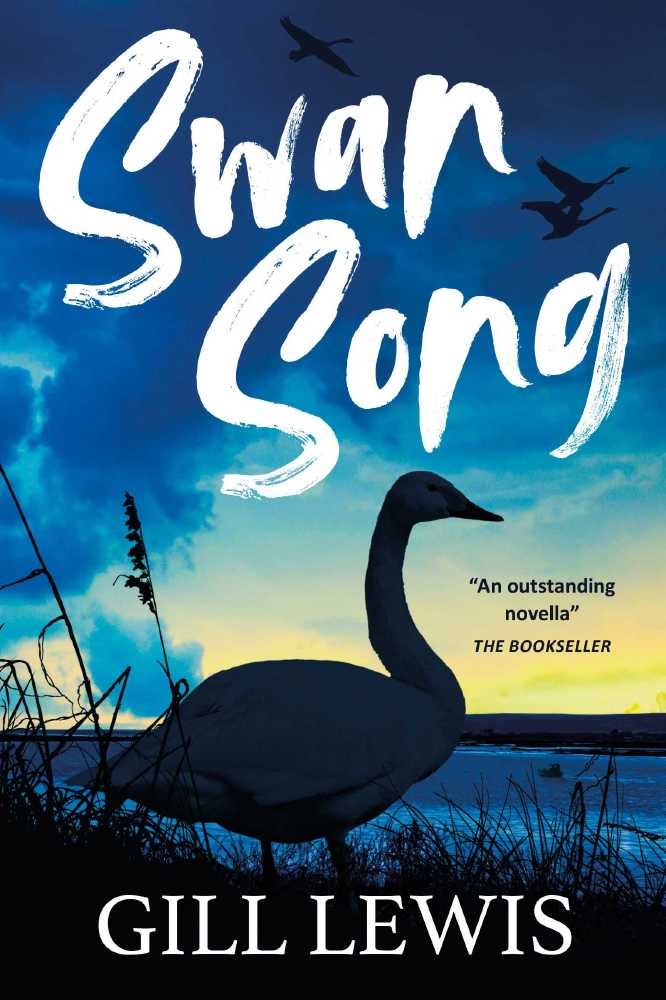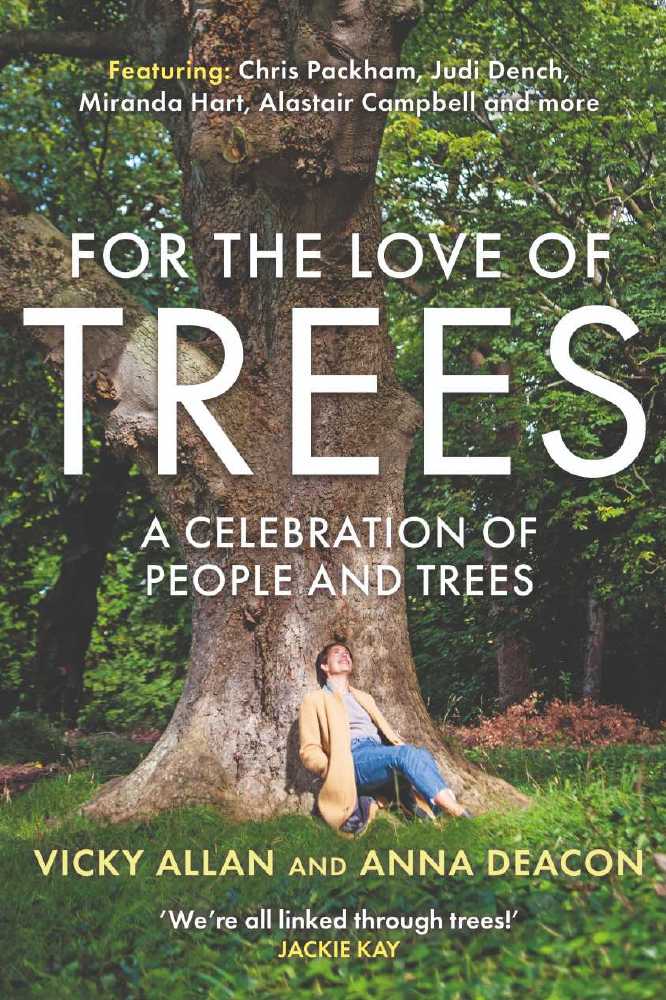When did you last laugh, I mean really belly laugh? When did you last look up and notice the sky?

Swan Song
These are some questions Dylan faces in Swan Song, a book about teenage mental health and the restorative power of nature. It is the return of the whooper swans and the protection of their wintering fields on an estuary in Wales that form the basis to this story.
Swan Song was written before Covid, but the themes of mental health and the healing power of nature seem even more pertinent than before. The story was born out of a deep worry for the increasing mental health problems seen in young people. According to an NHS survey, rates of mental health disorders in young people have increased. In 2020, one in six (16%) people aged 5 - 16 were identified as having a probable mental health disorder, an increase from one in nine (10.8%) in 2017. Suicide rates for young men and women have greatly increased. A new study shows that suicides among teenage girls and young women have doubled in the last seven years. Certainly, lockdown during Covid has had a huge effect on young people’s mental health too, exacerbated by uncertainty and isolation.
There are many reasons behind these increases that will vary from individual to individual. But there are some common threads that weave their way through young lives: a) persistent test-driven education system demanding constant achievement in all spheres of life b) social media driven comparison with others’ lives fuelling low self-esteem and desire for an unachievable ‘perfection’ and c) anxiety about the future whether it be due to factors such as financial security or climate change.
In Swan Song we meet Dylan, a twelve-year-old boy who is depressed. Like so many young people, he is under constant pressure from school and parents to achieve success. Childhood seems now far away, and he is navigating the transition into teenage years with the ever-present social media presenting a seemingly perfect world beyond his reach. His depression is exhibited as anger and frustration. He is disruptive and rude in class, and when this anger finally boils over into violence, he is removed from school. When people react to these symptoms of depression with punishment and isolation, rather than try to address the cause, it can initiate a downward spiral that can affect a young person’s mental and physical health. It can have a devastating impact upon the rest of their life.
Dylan moves with his mother to his grandfather’s house in a Welsh village at the mouth of an estuary. It’s there, without the pressures of school and social media, that Dylan begins to find headspace to be himself again. He is slowly drawn into the local community and begins to feel valued for who he is. His grandfather takes him out on his small boat on the estuary where they watch the spectacle of the whooper swans returning for the winter. The natural world reawakens his senses and rekindles a curiosity that has been lost during the narrow curriculum and constant testing he has experienced at school. Out on the water, Dylan begins to feel alive again.
All I could think was that I wanted to get back out on the water where there was no talk of school. No school bells or homework. No tests or timetables. No walls or corridors.
Just the wind, the waves and the wild white swans.
A place where the whole world was still turning.
A place where, for the first time in a long while, I had felt free.
In lockdown, many of us have sought solace and comfort in nature. It has been vital for our mental and physical health. Yet for many children, access to wild space is difficult. Gardens are smaller, there are fewer local woods and outdoor spaces where children can immerse in imaginative play without supervision by adults. Nature reserves tend to be places to be driven to, where children must keep to the paths. Compared to my own childhood, children are more confined indoors, and we know this leads to a dissociation from nature. If children do not develop wonder for the natural world, they will not learn to love it or then to care for it. In an information heavy world which is constantly streamed to us from screens, we all need space to think, to allow our thoughts to settle, to become aware of the world around us.
Dylan is given time to recover. His grandfather doesn’t judge him, or impress expectations upon him. He shares his love of the swans and also teaches Dylan how to handle the boat and offers guidance without criticism. In doing so, and trusting Dylan with new responsibilities, Dylan’s self-confidence grows. He becomes involved in community, feels valued and forms friendships with different age groups.
Dylan is home-schooled. This story was written before Covid, when home-schooling seemed alien to many. However, if home-schooling follows the curriculum and test-driven education system it presents the same pressures as school. Over-testing can demotivate pupils and crush curiosity and creativity. It can demotivate teachers too. Dylan instead learns to search for questions and answers. A swan is the starting block for learning about biology, geography, maths, physics and so much more. He is not forced to read and analyse texts but rediscovers a love of reading for pleasure and gallops through books.
It is other people that help Dylan back from a dark place, people who give him time to heal, who listen without judgement, who provide support and love in an uncertain world. But ultimately it is the swans that bring a community together, the swans that help Dylan learn to live again and give him the courage not only to stand up for what he believes but also to reflect upon his actions that saw him excluded from school.
Many children who suffer from poor mental health or mental illness won’t have the opportunity that Dylan had, to step outside of the pressures and expectations of society and have time to heal. The current Child and Adolescent Mental Health Services are underfunded and understaffed, and the numbers of young people suffering poor mental health is increasing every year. I believe we should treat mental health problems and mental illness the same as any other illness – treat the symptoms and give time to heal, but also to address the underlying causes.
But to address the underlying causes will take a shift in society mindset – we will need a different model of education – one that will benefit pupils and teachers, where learning can excite curious minds, where education isn’t modelled on fixed exam driven timescales to be reached at 16 and 18, but where education can become a journey, not a race. Teachers need to be trusted to do what they love – to educate and inspire, and not just become teaching technicians trying to achieve data targets.
Technology has changed society too. There have been huge benefits. It has allowed us to communicate in ways impossible before. Covid has shown that the ability to connect this way has reduced the need for travel. But technology has also changed our behaviour in our homes and communities. Many of us bring much of our work home. We are guilty of being distracted by screens, and we pay less attention to the world and to those around us. We have lost the ability to concentrate, to give our full undivided attention to others, or to let our thoughts settle, and to simply just be.
We shut out the world around us. We shut out those we love, and we shut out nature in all its raw wonder and beauty.
This has a knock-on effect upon the young people in our lives. There are no simple answers to try to reduce the rise in young people with mental health problems, but I believe that we as adults need to show that we are present in the here and now, that we are here to listen, and that we value our young people for who they are and not what we might expect them to be.
I think we need to change too, for our own mental health. There are times that we need to switch off our phones and learn to live in the moment.
So, I ask again.
When did you last laugh, I mean really belly laugh? When did you last look up and notice the sky?
RELATED: Seven things you never knew about trees by Vicky Allan and Anna Deacon
Trees support each other. They do this by sending nutrients through an underground fungal network. Even a stump can be kept alive by the surrounding trees, as German forester and author Peter Wohlleben discovered when he came across such an old stump, of a tree that had been felled five hundred years previously. “When we thinned the bark of the stump with a knife,” he told us, “the green layer shined up and this is always the sign of living tissue. We saw that it was still alive. That the stump was still living means it must get its energy from somewhere, and the solution was that the surrounding trees support this old stump through their root systems with sugar…”... to read more click HERE


